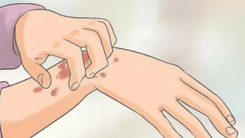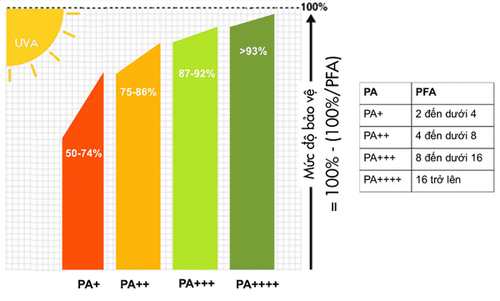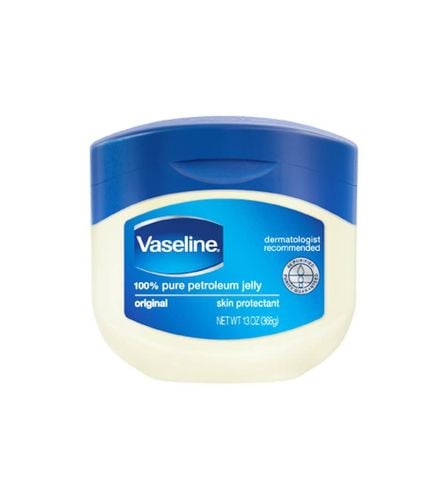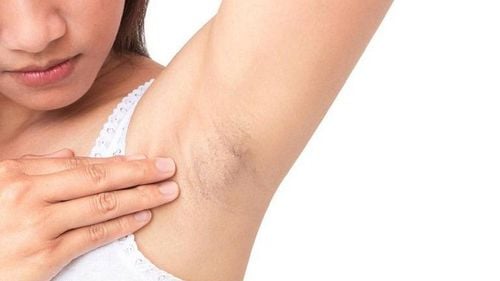Peeling skin on fingertips can result from a variety of causes. While often not severe, it can impact aesthetics and daily interactions. Below are possible causes and some measures to address the condition.
1. What is Peeling Skin on Fingertips?
Peeling skin on fingertips refers to a condition where the skin at the tips of the fingers becomes flaky, cracked, and even bleeds in some cases.
Though typically not a serious health concern, this condition can affect one’s confidence due to its impact on appearance.
2. Causes of Peeling Skin on Fingertips
The causes of peeling skin on fingertips are often linked to improper care or underlying medical conditions.
2.1 Peeling Skin Due to Improper Care
Dry Skin
Excessive dryness can lead to cracked, peeling skin, and sometimes even bleeding. This is more common during the fall and winter months when the air is dry or when individuals frequently work with hot water or harsh cleaning agents found in soaps and detergents.
Dry skin may also present with symptoms like itching, tightness, cracking, and discoloration.
Frequent Hand Washing
Overwashing hands or working in environments requiring constant hand washing can strip away the natural oils and lipids from the skin. This can make the skin more sensitive to soap, leading to irritation and peeling.
Exposure to Chemicals
Certain chemicals in personal care products such as moisturizers, soaps, shampoos, perfumes, or preservatives can irritate the skin. This irritation may cause the fingertips to peel. Identifying and avoiding these triggers can prevent recurrence.
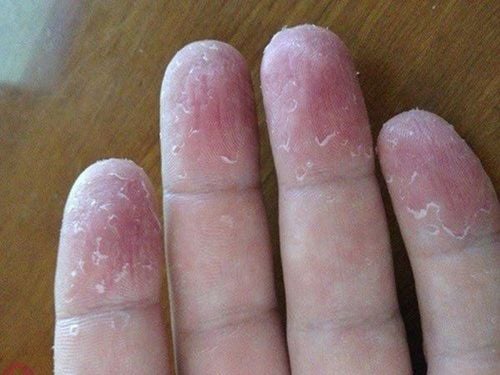
Sun Exposure
Prolonged sun exposure can lead to sunburn, where the skin becomes red or pink and starts to peel after a few days. Full recovery from sunburn may take several days to a week. To prevent this, apply sunscreen and use protective gear when outdoors.
Weather Conditions
Extreme weather conditions, whether dry or hot, can exacerbate peeling skin. Cold air dries out the skin, while hot weather can cause sweating, which might aggravate the problem.
Finger Sucking Habit
Habitual finger-sucking, especially in children, can result in dry, peeling skin at the fingertips. Reducing this habit is essential to prevent further damage and the risk of infection.
2.2 Medical Causes of Peeling Skin on Fingertips
Fungal Infections
Fungal infections on the hands can lead to peeling skin accompanied by itching and redness around the affected area. Antifungal treatments are necessary as the condition will not resolve on its own.
Vitamin Deficiencies or Excess
Peeling skin may occur due to both vitamin deficiencies and overconsumption. For example, a lack of vitamin B3 can lead to pellagra, which causes dermatitis, diarrhea, and memory problems. Conversely, an excess of vitamin A can irritate the skin, causing peeling along with symptoms like headaches, fatigue, and nausea.
Eczema (Atopic Dermatitis)
Eczema, or atopic dermatitis, may cause peeling skin on the fingertips. It is often triggered by allergens, chemicals, or environmental factors and may involve symptoms such as redness, itching, and blistering. This condition can be hereditary and requires specific treatments.
Allergic Reactions
Contact with allergens such as chemicals or certain materials (e.g., leather) can result in peeling skin. Symptoms usually appear shortly after exposure.
Psoriasis
Psoriasis is an autoimmune condition characterized by overactive skin cell regeneration, leading to thick, scaly patches. It often occurs on pressure points and worsens with dry skin.
Exfoliative Keratolysis
This condition, also known as keratolysis exfoliativa, often manifests during warmer months, causing peeling skin, sometimes accompanied by blisters.
Kawasaki Disease
This rare and serious condition primarily affects children under five. It begins with prolonged fever, redness of the tongue, and progresses to peeling skin on the fingers and toes. The disease can have severe cardiac complications, requiring prompt medical attention.
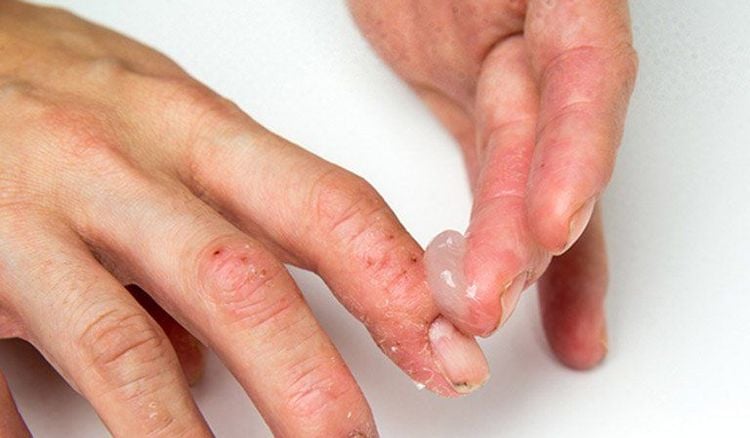
3. Remedies for Peeling Skin on Fingertips
For peeling skin associated with medical conditions, seek medical evaluation and treatment. For cases due to improper care, consider the following:
Herbal and Natural Remedies:
- Aloe Vera: The soothing gel from aloe vera can help alleviate irritation and promote skin repair. Apply fresh aloe vera gel to the affected areas at least twice daily and let it dry.
- Coconut Oil: Known for its moisturizing and anti-inflammatory properties, coconut oil effectively treats dry, peeling skin. Apply it twice daily to the fingertips. Other oils like almond, olive, or castor oil may also be beneficial.
- Honey: As a natural humectant, honey hydrates the skin. Apply it to the peeling areas, leave it on for 30 minutes, and rinse off for softer, healthier skin.
Other Measures:
- Stay Hydrated: Drink plenty of water to combat dryness and support skin health.
- Balanced Diet: Incorporate nutrient-rich foods like fruits, vegetables, lean proteins, and dairy products to nourish the skin.
- Wear Gloves: Use gloves while cleaning or working with strong chemicals to protect your hands.
- Avoid Excessive Hot Water Exposure: Frequent exposure to hot water can worsen dryness.
- Use Moisturizers: Apply hypoallergenic and fragrance-free moisturizers regularly to keep the skin hydrated.
- Sun Protection: Use sunscreen and protective clothing when spending extended periods in the sun.
Peeling skin on fingertips can result from a variety of factors, ranging from environmental and lifestyle causes to underlying medical conditions. Identifying the root cause is key to effective treatment. Additionally, adopting good hand care practices can prevent recurrence and improve overall skin health.
To arrange an appointment, please call HOTLINE or make your reservation directly HERE. You may also download the MyVinmec app to schedule appointments faster and manage your reservations more conveniently.


